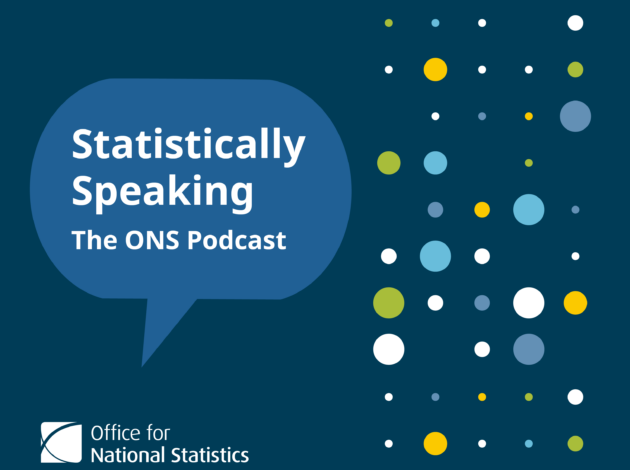Providing a better understanding of domestic abuse

The way domestic abuse manifests is constantly changing. Because of this and legislative changes, the ONS has undertaken a user engagement, research and testing programme to ensure our statistics continue to provide the most accurate information and meet the needs of users. Meghan Elkin explains how a new set of survey questions for the Crime Survey for England and Wales (CSEW) has been developed to give a better understanding of domestic abuse.
Read more on Providing a better understanding of domestic abuse


